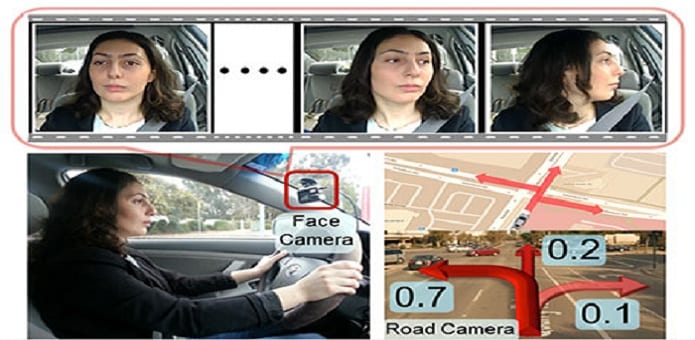Researchers develop Car Safety System that would warn the Driver of the consequences of his actions beforehand
Ashutosh Saxena, Asst. Prof. Computer Science and his team at Cornell University, have developed a new system that can foresee the driver’s actions so that he or she could be cautioned against doing it. For example, the driver is about to take a turn or change lanes, the car safety system can foresee it and decide if that action could be hazardous. Depending on the system’s design that calculates the possibility of something untoward happening, it cautions the driver to avoid it. In other words, having this kind of a car safety system can certainly assist drivers in having a safe ride, even though we are few years away from having a self driven car.
Currently, in some of the safety systems, the car’s movement is observed to alert the driver. However, such warning normally come after the driver has already acted. Therefore, the new system developed by Cornell researchers works by studying the driver’s body movements while taking into consideration the outside environment and accordingly, advise a proper course of action for the driver.
This is achieved by the new car safety system by deploying cameras to record the driver’s body language as well as locate the other vehicles & hurdles on the road. The warning will be issued in the form of sound alert, light alert or vibration (mostly on the left side of steering wheel). In addition, the system can also direct the driver if he is about to take a turn towards a one-way street by making use of GPS systems.
The system has been successfully tested to result in correction prediction of driver’s actions 77.4% of the time ~3.53 seconds in advance. However, such a car safety mechanism has a long way to go before it can be put into mainstream four-wheelers. The current system can easily lead into making erroneous conclusion resulting into wrong predictions. For example, change in lighting conditions or interaction of drivers with passengers or even shadows of passing poles & trees can mislead the system.
To make the results more accurate, the Cornell team hopes to engage various changes such as infrared cameras for night observation, tactile sensors for checking pressure on the steering wheel, pressure sensors for anticipating braking and 3-D cameras for greater accuracy.
Cornell team’s research work, “Model Learning for Human-Robot Communication” is currently all set to be presented at a workshop at the 2015 Robotic Science and Systems conference in Rome slated for July 16.

